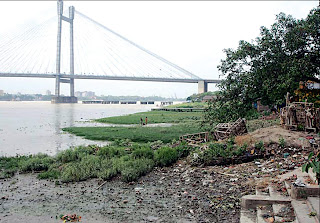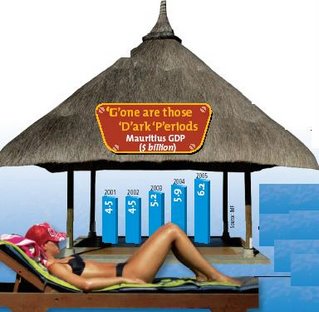However, according to Bharukha, this is no t a fact to worry over as he vehemently argues, “When the market growth rate is higher, it makes sense on riding the growth rather than chasing market share. Market share for most of the players has remained static in the past 3-4 years.” And considering that it lost its leadership position in the decorative segment to Asian Paints during the late 60s, this complacent attitude seems to have been around for quite a while now. And today, KNP’s revenues amount to just 40.3% of Asian Paints’ (which earned rev- enues of Rs.36.7 billion during 2006-07). On a positive note, KNP’s forte – the industrial paints segment – should see even better times as the automotive industry, which accounts for a large chunk of the industrial paint segment, is on a surge (sales grew by 15.6% to an astounding Rs.9.2 million for April-January, 2006- 07, according to SIAM).
t a fact to worry over as he vehemently argues, “When the market growth rate is higher, it makes sense on riding the growth rather than chasing market share. Market share for most of the players has remained static in the past 3-4 years.” And considering that it lost its leadership position in the decorative segment to Asian Paints during the late 60s, this complacent attitude seems to have been around for quite a while now. And today, KNP’s revenues amount to just 40.3% of Asian Paints’ (which earned rev- enues of Rs.36.7 billion during 2006-07). On a positive note, KNP’s forte – the industrial paints segment – should see even better times as the automotive industry, which accounts for a large chunk of the industrial paint segment, is on a surge (sales grew by 15.6% to an astounding Rs.9.2 million for April-January, 2006- 07, according to SIAM).
For Complete IIPM Article, Click on IIPM Article
 t a fact to worry over as he vehemently argues, “When the market growth rate is higher, it makes sense on riding the growth rather than chasing market share. Market share for most of the players has remained static in the past 3-4 years.” And considering that it lost its leadership position in the decorative segment to Asian Paints during the late 60s, this complacent attitude seems to have been around for quite a while now. And today, KNP’s revenues amount to just 40.3% of Asian Paints’ (which earned rev- enues of Rs.36.7 billion during 2006-07). On a positive note, KNP’s forte – the industrial paints segment – should see even better times as the automotive industry, which accounts for a large chunk of the industrial paint segment, is on a surge (sales grew by 15.6% to an astounding Rs.9.2 million for April-January, 2006- 07, according to SIAM).
t a fact to worry over as he vehemently argues, “When the market growth rate is higher, it makes sense on riding the growth rather than chasing market share. Market share for most of the players has remained static in the past 3-4 years.” And considering that it lost its leadership position in the decorative segment to Asian Paints during the late 60s, this complacent attitude seems to have been around for quite a while now. And today, KNP’s revenues amount to just 40.3% of Asian Paints’ (which earned rev- enues of Rs.36.7 billion during 2006-07). On a positive note, KNP’s forte – the industrial paints segment – should see even better times as the automotive industry, which accounts for a large chunk of the industrial paint segment, is on a surge (sales grew by 15.6% to an astounding Rs.9.2 million for April-January, 2006- 07, according to SIAM).For Complete IIPM Article, Click on IIPM Article
Source : IIPM Editorial, 2007
An IIPM and Professor Arindam Chaudhuri (Renowned Management Guru and Economist) Initiative



 of Energy – buildings are a major source of pollutants that causes urban air quality problems and contribute to climate change. That’s where the green building concept comes into picture. “A green building strives to balance environmental responsibility, community sensitivity, resource efficiency and occupant wellbeing and comfort,” says Vidur Bharadwaj, Managing Partner, Design & Development, who holds the distinction for designing Wipro’s campus. After a series of business plans and presentation by leading architects, came the decider from Design & Development for Wipro – a Green Building that has got the highest platinum rating (52 points) in Asia and second highest in the world by the US Green Building Council.
of Energy – buildings are a major source of pollutants that causes urban air quality problems and contribute to climate change. That’s where the green building concept comes into picture. “A green building strives to balance environmental responsibility, community sensitivity, resource efficiency and occupant wellbeing and comfort,” says Vidur Bharadwaj, Managing Partner, Design & Development, who holds the distinction for designing Wipro’s campus. After a series of business plans and presentation by leading architects, came the decider from Design & Development for Wipro – a Green Building that has got the highest platinum rating (52 points) in Asia and second highest in the world by the US Green Building Council.








